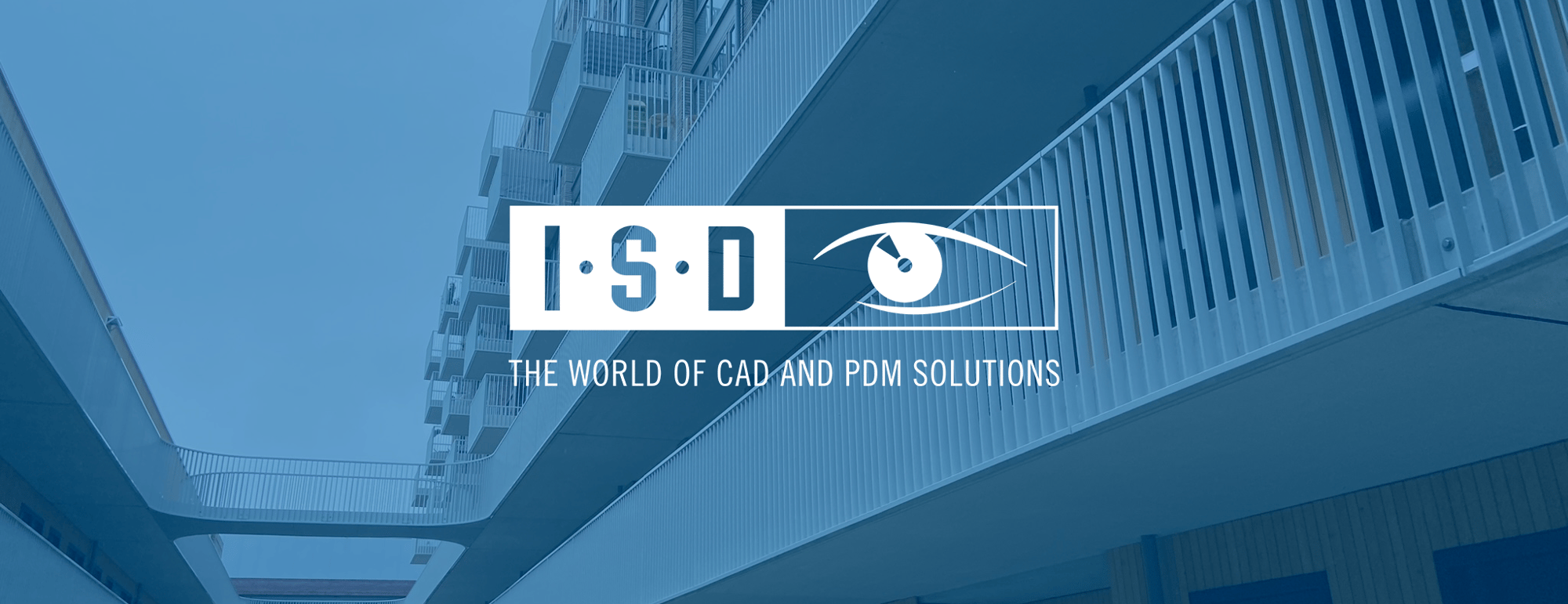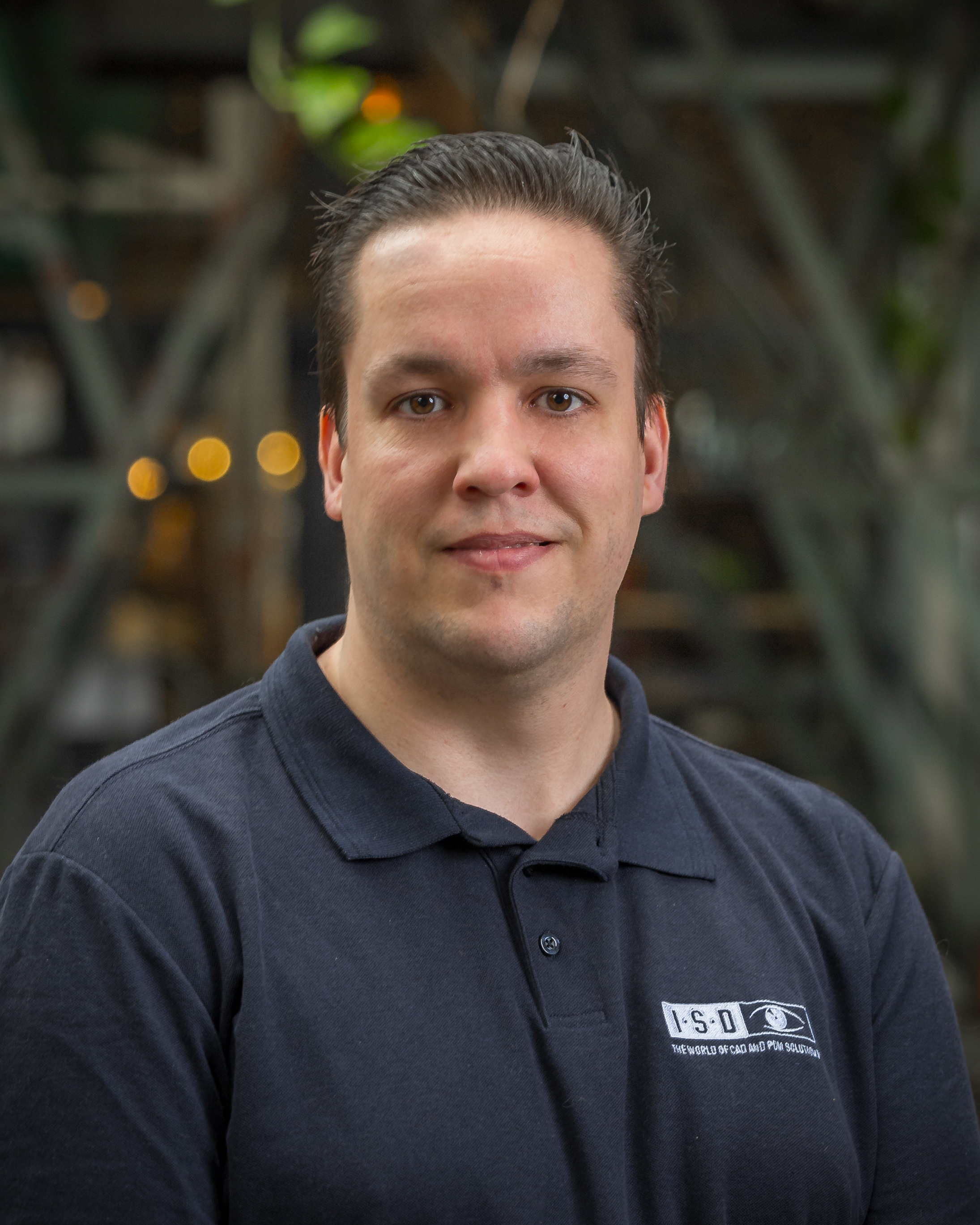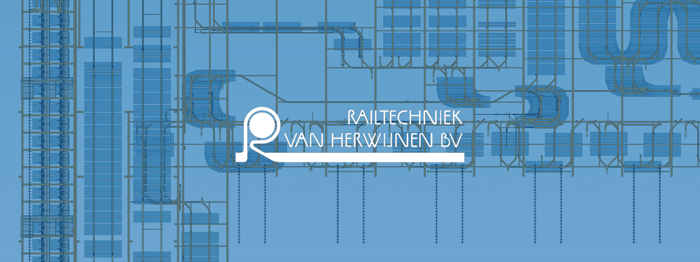
Did you know that with HiCAD you can model profiles and sheet metal (typesetting) in one drawing and effortlessly control production? Ideal for including stair treads and/or kick edges in the drawing, for example. Very efficient and time-saving. But HiCAD also offers numerous other smart features for manufacturers of fencing, stairs and balustrades, among other things.
As a pre-sales consultant at ISD Group, supplier of HiCAD, Yuri Hanff knows better than anyone what is going on in the market. "What you see is that companies that process profiles generally also use sheet metal in their constructions. In HiCAD, this can simply be drawn in one model, both the profiles and the (complex) sheet metal. This is a blessing for many engineers, especially since the production drawings for work preparation can be automatically generated from the same model. And with the integrated product configurator in HiCAD, we make life even more pleasant for the engineers."
Productconfigurator
Yuri refers to the tooling that allows you to very efficiently and quickly set up the basic contours of a staircase, railing or balustrade, for example. "The other day I gave a demo of this module in HiCAD at a small steel company that mainly produces stairs and railings. It took them about a day and a half to engineer a spiral staircase, whereas now, using the product configurator in HiCAD, they achieve the same result within two minutes. With another configurator, you are able to engineer the partition based on a drawing of a balcony in HiCAD. You select the right parameters and voilà, the software automatically generates the fence or railing. It may not be 100% right in all situations, but it does have a basis that you can then fine-tune so that the design is completely to your liking. And by enriching the configurator with your own balusters, your own hand rails, etc., you only make things easier for yourself."
Designvariant
In line with the product configurator, you can also use standard design variants for a specific recurring item in HiCAD. Think of standard connections in a steel structure, such as a column with a girder. "You click on the relevant objects in the drawing and the connection is automatically generated from end plate and console, including stiffeners, the bolted connection and/or any weld seam. All that information is added to the drawing. You can then generate the production drawings with a mouse click," Yuri explains. "And you can modify and compile those production drawings completely as you wish. So with HiCAD, you not only achieve a serious efficiency gain in the design, but also in the work preparation. It saves an awful lot of time. A nice step towards automation."
And there Yuri touches on an important point, because everything has to be more efficient, faster and with as little manpower as possible these days. "Steel construction is also struggling with personnel challenges. Drawers are hard to find. This is where automation, and HiCAD in particular, offers a suitable solution. It allows you to send (many) more drawings towards production with the same number of people."




